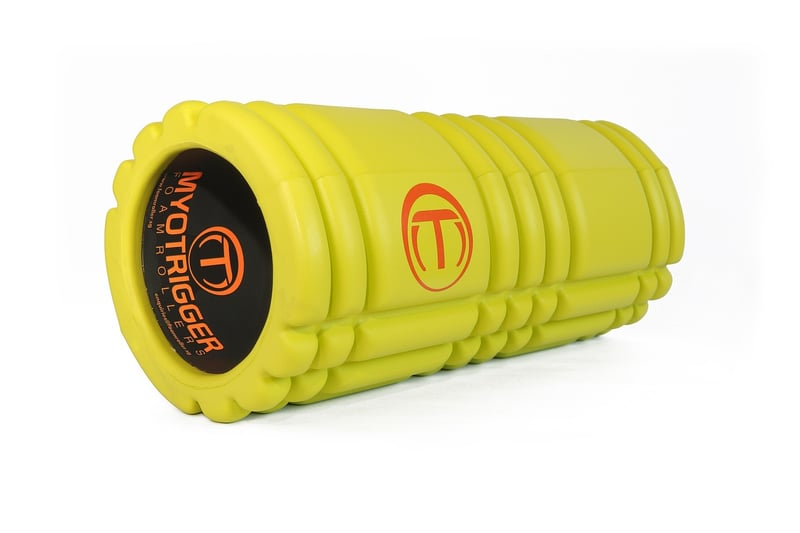Foam Rolling
Improving Flexibility with Foam Rolling
Flexibility is an important component of fitness that often gets overlooked. By incorporating foam rolling into your routine, you can enhance your flexibility, reduce muscle soreness, and improve overall performance. Foam rolling, also known as self-myofascial release, involves using a foam roller to apply pressure to specific points on your body to release tension and tightness in muscles.
Benefits of Foam Rolling for Flexibility
Here are some key benefits of incorporating foam rolling into your flexibility routine:
- Increased Range of Motion: Foam rolling helps to break up adhesions and scar tissue, allowing your muscles to move more freely.
- Improved Blood Flow: The pressure applied during foam rolling helps to increase blood flow to the muscles, promoting faster recovery and improved flexibility.
- Enhanced Performance: By improving flexibility, you can enhance your overall performance in activities such as sports, yoga, and weightlifting.
- Reduced Injury Risk: Flexible muscles are less prone to injury, making foam rolling an important tool for injury prevention.
How to Foam Roll for Flexibility
Here are some tips for incorporating foam rolling into your flexibility routine:
- Start Slow: Begin with gentle pressure and gradually increase as needed.
- Focus on Tight Areas: Target areas of tightness and discomfort to release tension.
- Roll Slowly: Roll back and forth slowly to allow the muscles to relax and release.
- Breathe: Remember to breathe deeply and relax while foam rolling to enhance the effects.
Best Foam Rolling Exercises for Flexibility
Here are some effective foam rolling exercises to improve flexibility:
- Quadriceps: Place the foam roller under your thighs and roll from the hips to the knees.
- Hamstrings: Sit on the foam roller with your legs extended and roll from the hips to the knees.
- Calves: Sit on the floor with the foam roller under your calves and roll from the knees to the ankles.
- Back: Lie on the foam roller with it positioned under your mid-back and roll from the mid-back to the lower back.
By incorporating these foam rolling exercises into your routine, you can improve your flexibility, reduce muscle soreness, and enhance your overall performance. Remember to listen to your body and adjust the pressure and intensity of the foam rolling based on your individual needs.

Make sure to consult with a fitness professional or healthcare provider before starting any new exercise routine, especially if you have any existing injuries or medical conditions. Start slowly and gradually increase the intensity of your foam rolling sessions to avoid any potential injuries.
Flexibility is a key component of overall fitness, and by incorporating foam rolling into your routine, you can take significant steps towards improving your flexibility, reducing muscle soreness, and enhancing your performance in various activities.
